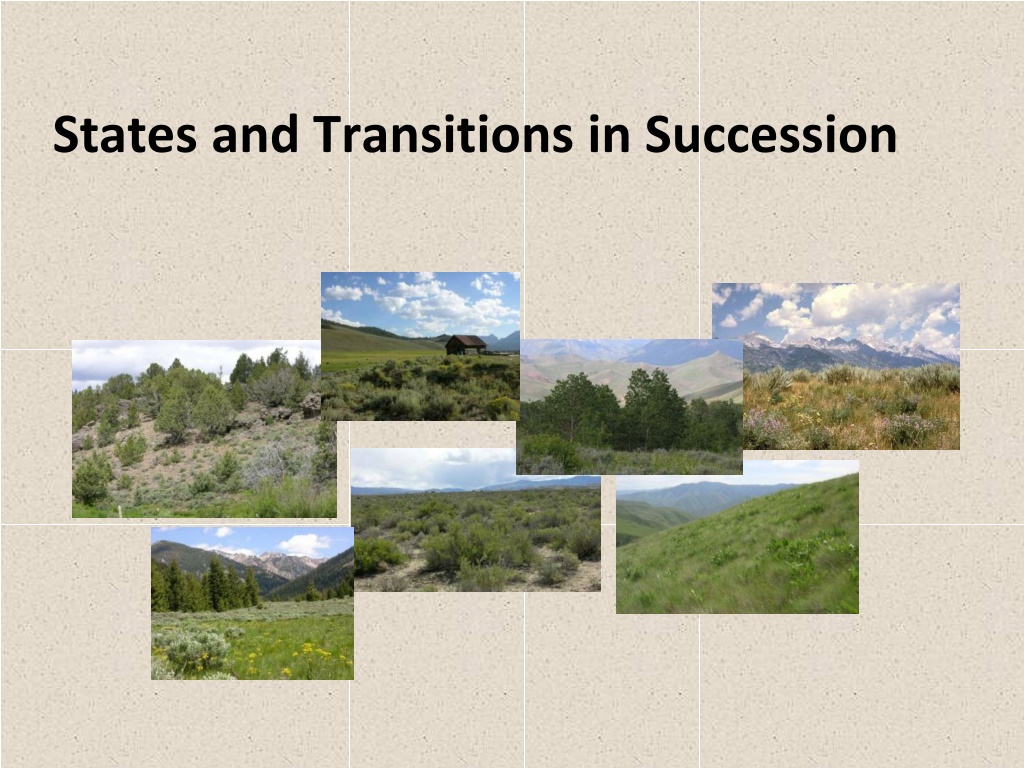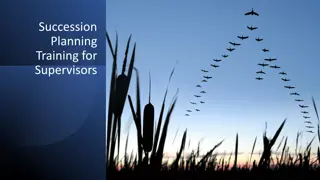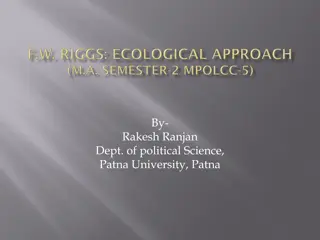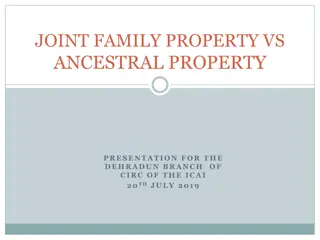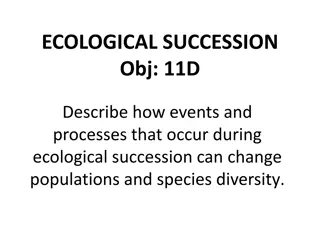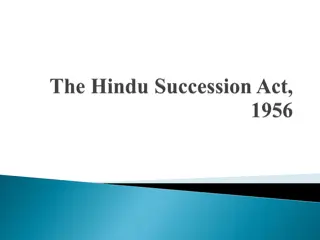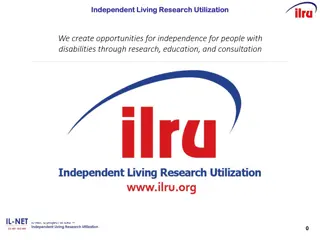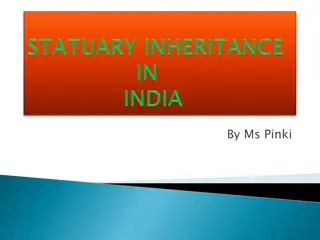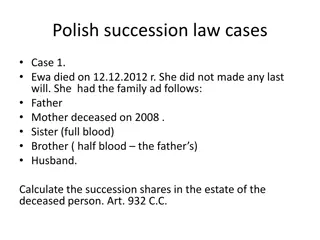Understanding Plant Community Succession and Ecological Transitions
Explore the dynamic process of plant community succession, from pioneer stages to climax communities, and the intricate patterns of transitions in ecological systems. Discover the variability and stability of different states within ecosystems, highlighting the complexities of natural ecological dynamics.
Download Presentation

Please find below an Image/Link to download the presentation.
The content on the website is provided AS IS for your information and personal use only. It may not be sold, licensed, or shared on other websites without obtaining consent from the author. Download presentation by click this link. If you encounter any issues during the download, it is possible that the publisher has removed the file from their server.
E N D
Presentation Transcript
Plant Community Succession (Initial Ideas F.E. Clements) Climax or Potential Natural Community Large Variation Between Years Natural Potential Pioneer/Early Late Seral Stage
Plant Community Succession (Initial Ideas -- Clements) Climax or Potential Natural Community Natural Potential Pioneer/Early Late Seral Stage
Example-Succession in the western juniper woodland Mountain big sagebrush steppe Grassland after fire Stand initiation juniper Old multistory juniper Young multistory juniper Open young juniper
Cyclic Patterns creating a Dynamic Equilibrium 1979 - Pre-burn 1980- 1st year after fire 1994 1983 1989
Problems with Succession Model multiple pathways of succession multiple stable vegetation types no single and certain end-point Two examples of stable states for same ecological site Wyoming big sagebrush/bluebunch wheatgrass steppe, central Idaho Wyoming big sagebrush/bluebunch wheatgrass steppe near Mtn. Home, ID
Problems with Succession Model multiple pathways of succession multiple stable vegetation types no single and certain end-point State and Transition Models 1989 - Westoby, Walker and Noy-Meir
Focus on States of communities and Transitions between states State A State D State B State C
States and Transitions depend on biotic & abiotic conditions States are relatively stable but some states are more stable than others Creosotebush community -this ecological site may have always been creosotebush dominated, or degraded long ago.
States and Transitions depend on biotic & abiotic conditions Juniper Present Low Cheatgrass Risk Higher Elevation Southwestern Idaho Higher Elevation Central Idaho Cheatgrass Risk Lower Elevation Central Idaho States and stability depends on factors such as elevation & climate
Example - Sagebrush Steppe States Open Sagebrush Grassland Depleted Sagebrush Closed Sagebrush Transitions= compositional change resulting in the change in plant community (state) Fire transition Succession transition Improper grazing transition
Sagebrush Steppe State Open Sagebrush Grassland Depleted Sagebrush Closed Sagebrush Threshold Annual Grass Dominated State Grazing reduces likelihood of fire Thresholds = transitions that are nearly irreversible & sometimes unpredictable.
The information required to develop these models: potential alternative vegetation states on a site potential transitions between states opportunities to achieve favorable transitions between vegetation states and hazards to avoid unfavorable transitions
Rangeland Ecology and Management Rangeland Ecology and Management Rangelands are Dynamic! But, dynamic patterns can be describe in state and transition models. We manage transitions
